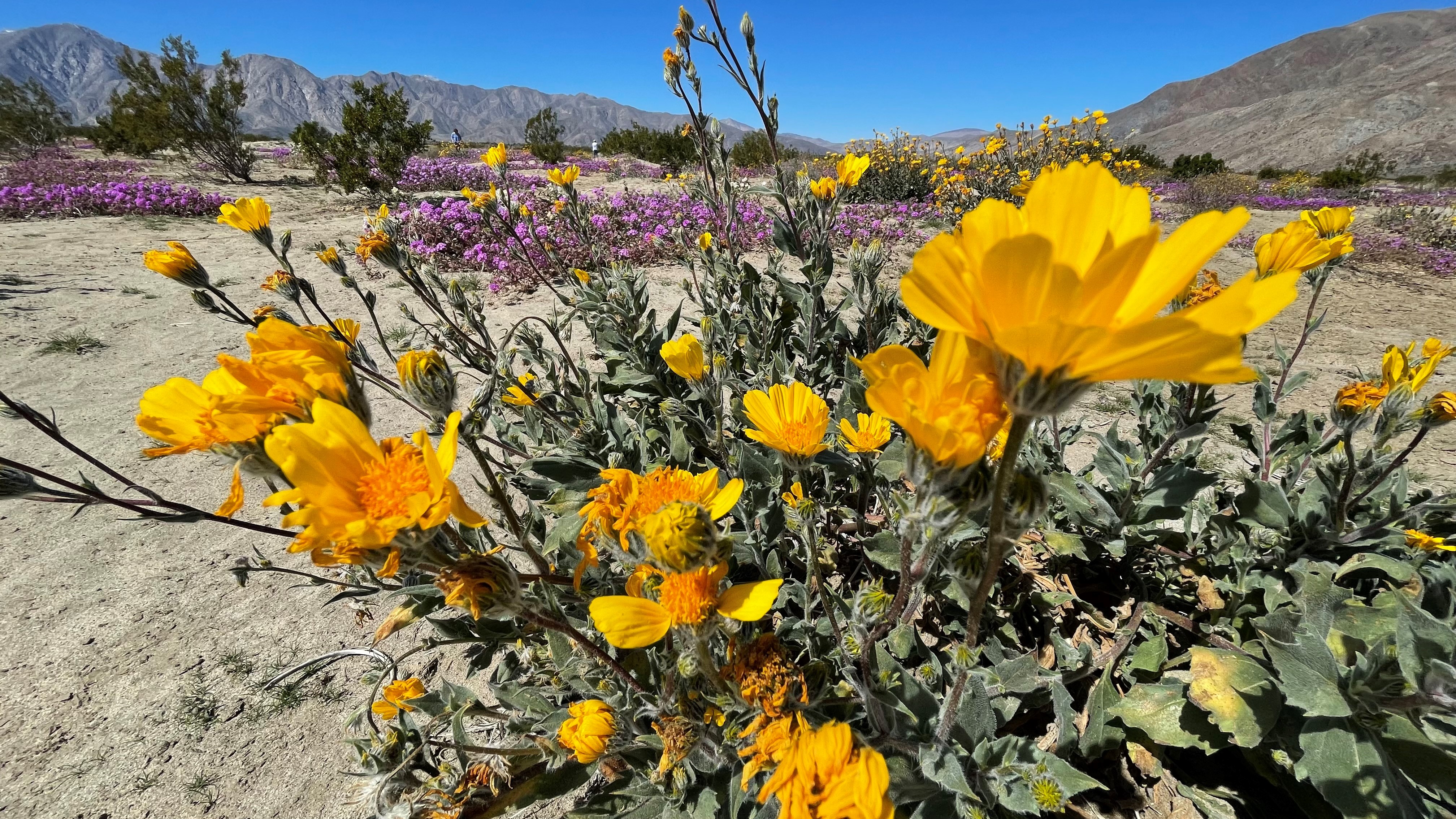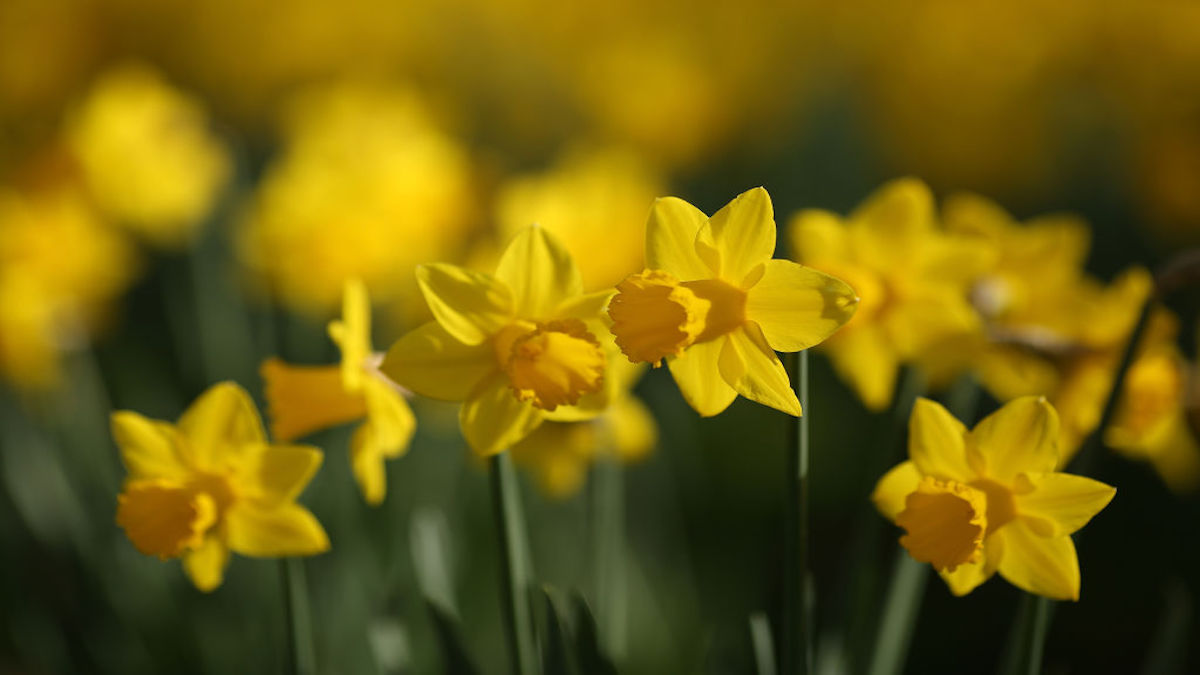What to Know
- The Cherry Blossom Festival is typically held in early-to-mid March.
- Cherry blossoms typically bloom for about five weeks in the spring.
- The Japanese Friendship Garden hosts other events throughout the year, such as its Otaku Smash Night, Children's Day, Obon Festival and more.
Blush pink hues of blooming flowers have made for a picturesque sight at the Japanese Friendship Garden (JFG), which starred in its annual Cherry Blossom Festival.
Nearly 200 cherry blossom trees have been planted at the garden and their stunning flowers bloom for only about five weeks. The short-lived beauty is celebrated in a big way in San Diego and in Japan, they’re honored with a custom called hanami, which translates to flower-viewing.
“The festival itself is an homage to Japanese culture,” said Fernando Ramirez, Membership Visitor Services and Development Coordinator of the Japanese Friendship Garden. “We want to bring in authentic merchandise, authentic food vendors, performers who are either from Japan or studying the traditional Japanese style of art such as martial arts or playing of musical instruments. That is one of our main goals, which is to share not just the garden … but share the garden and (Japanese) culture and food with the public.”
Get top local stories in San Diego delivered to you every morning. Sign up for NBC San Diego's News Headlines newsletter.
Spring in San Diego
This year’s Cherry Blossom Festival boasted hourly performances each day of the event, 20 merchants, nine food vendors and a cosplay contest. With the event’s popularity, the garden saw as many as 7,000 visitors every day of the festival.
According to Ramirez, the cherry blossoms are more than just their stunning looks; they’re one of the first signs that nature is coming back to life.
It's a rejuvenation. It's going from that dormant winter to life is coming back up again -- a celebration of spring.
Fernando Ramirez, Japanese Friendship Garden

“It’s a rejuvenation,” Ramirez said. “It's going from that dormant winter to life is coming back up again -- a celebration of spring.”
While many San Diegans dreaded the winter’s excessive rain and snow, the recent storms have actually benefitted JFG’s cherry blossom trees. These trees favor climates that have seasons, so the colder temperatures have helped them thrive.
“That's actually very good for the trees because, again, the trees want that winter,” Ramirez said. “You know, we have a dormant winter, which is what cherry blossom season is about. It's about a rejuvenation, a rebirth, and going from a dormant winter to spring. That rain has really helped.”
The beautiful, pink trees were donated to the Japanese Friendship Garden by Yokohama as part of a partnership between the two cities. In fact, the Balboa Park garden, which is an accredited museum, describes itself as “an expression of friendship between San Diego and its sister city, Yokohama.”
“In many of the Japanese gardens that are here in the U.S., they have a sister city so that we can express that friendship between Japan and America,” Ramirez explained. “So, when Balboa Park was first built over 100 years ago, they wanted a Japanese garden in there. And then there was a lot that happened between 1905, 1915 to 1945 and World War II. But after World War II, as Japanese internees started coming back to San Diego and getting this garden built, Japan also wanted to express its friendship with the U.S. and that came in the way of the Japanese Friendship Garden and the Sister City Society so that we can share in that wealth of knowledge, culture, food and those types of things that happened.”
And share it does. Both traditions and new trends in Japanese culture are celebrated and shared at the Cherry Blossom Festival.
Admission for JFG is $14 for the general population. Students, active military personnel and seniors over the age of 65 can purchase tickets for $12.
To learn more about the Japanese Friendship Garden and its events, click here.



